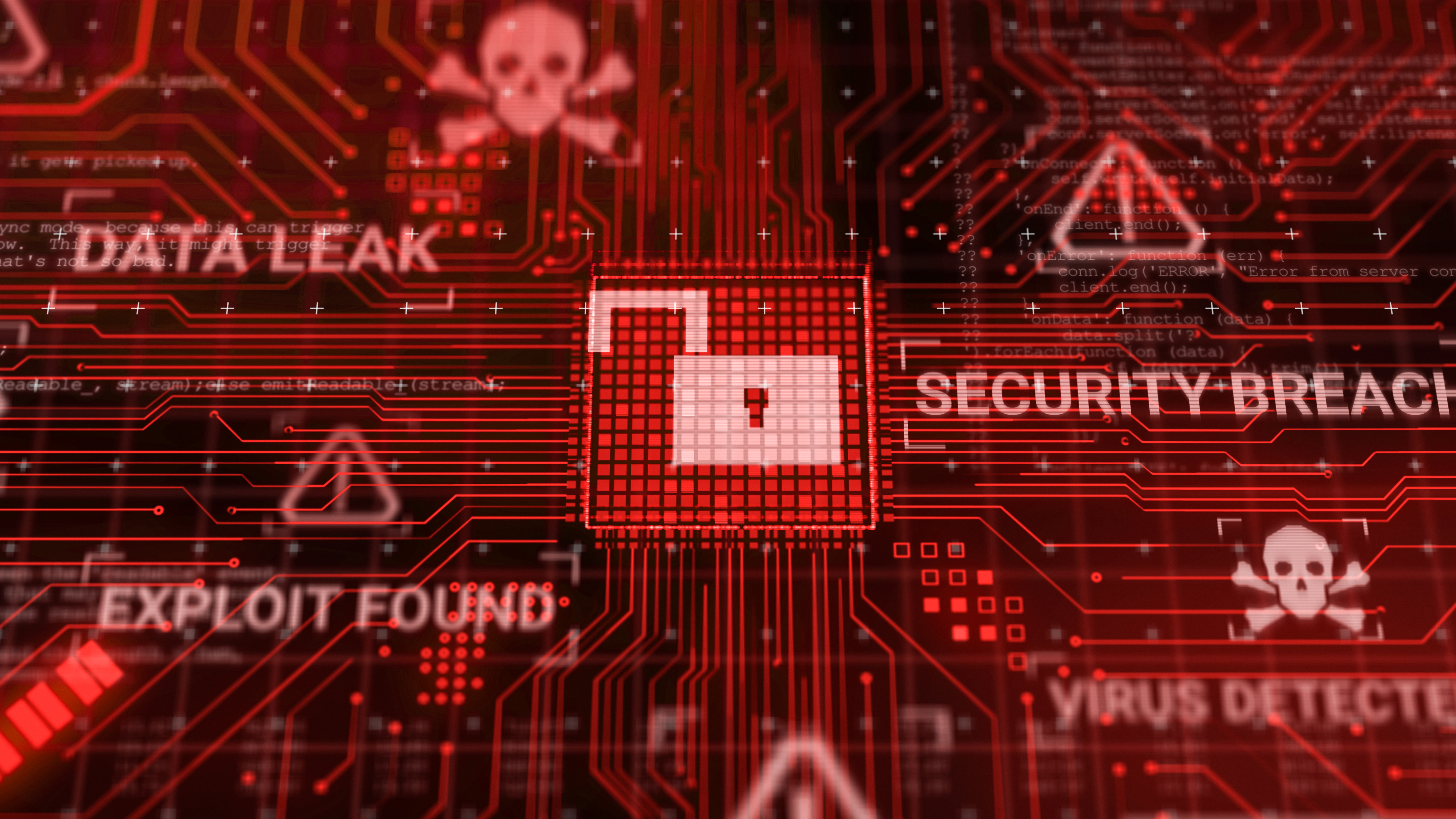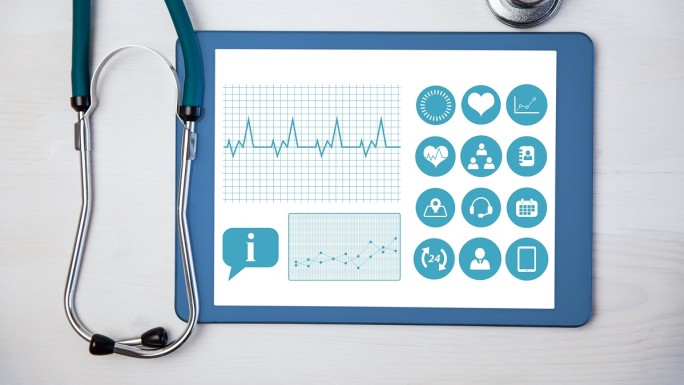A Complete Guide for Better Managing PHR Data
Navigating the complexity of healthcare information can be a daunting task. Still, with the proper guide, healthcare providers can harness the full potential of PHR data and the whole system for better care quality and proactive health management.
This article serves as a beacon, offering insights and strategies for better understanding, organizing, and leveraging PHR data. We'll go from detecting data security problems to exploring requirements and regulations for better PHR data control. This is a journey towards optimizing PHR data for safe and connected healthcare settings.
Information security problems in PHR system
The PHR (Personal Health Record) system faces several information security problems that need to be addressed to ensure the privacy and integrity of personal health information. Some of the common security issues in PHR systems include:
Unauthorized Access
The risk of unauthorized access to personal health information is a significant concern. Hackers or malicious individuals may attempt to gain unauthorized access to PHR systems to obtain sensitive health data. Implementing strong access controls, user authentication mechanisms, and encryption techniques can help mitigate this risk.
Data Breaches
PHR systems store a vast amount of sensitive personal health data, making them an attractive target for cybercriminals. Data breaches can occur due to vulnerabilities in the system, insider threats, or external attacks. Implementing robust security measures, such as regular security audits, intrusion detection systems, and encryption of stored data, can help prevent and detect data breaches.

Inadequate Authentication
Weak authentication mechanisms can lead to unauthorized access to PHR systems. It is crucial to implement strong user authentication methods, such as multi-factor authentication, to verify the identity of users accessing the system.
Data Integrity
Ensuring the integrity of data stored in the PHR system is essential. Unauthorized modification or tampering of health records can lead to incorrect diagnoses, treatments, or medication errors. Implementing data validation techniques, digital signatures, and audit trails can help maintain data integrity.
Insider Threats
Insider threats pose a significant risk to the security of PHR systems. Authorized individuals with privileged access may misuse or intentionally leak personal health information. Implementing strict access controls, conducting background checks, and implementing monitoring mechanisms can help mitigate insider threats.
Read more: Essential Functions of PHR (Personal Health Record) system
Interoperability and Data Exchange
PHR systems often need to exchange data with other healthcare providers or systems. Ensuring secure data exchange and interoperability between different systems can be challenging. Implementing standardized protocols, such as HL7, and secure data transmission methods, such as encryption and secure APIs, can help address this issue.
Mobile Device Security
With the increasing use of mobile applications for PHRs, securing the data stored and transmitted on mobile devices is critical. Mobile devices may be vulnerable to theft, loss, or malware attacks. Implementing strong encryption, remote wipe capabilities, and secure mobile application development practices can help protect data on mobile devices.
Requirements in connecting health data with PHR
In navigating the complexities of connecting health data with PHR, some requirements must be followed to ensure data security and privacy for the PHR system. All of those requirements collectively contribute to a successful and ethically integrated process.
Understand Data Sources
Identify and analyze the diverse origins of health data, ranging from Electronic Health Records (EHR) and wearable devices to laboratory results and pharmacy records. A comprehension of these sources ensures that the integration process captures a holistic view of an individual's health, allowing for more informed decision-making and personalized care.
Interoperability Standards
Adopting widely recognized standards, such as Health Level Seven (HL7) and Fast Healthcare Interoperability Resources (FHIR), ensures that health data flows cohesively between data sources and the PHR. Compatibility with these standards facilitates communication and data exchange, promoting a unified language within the complex ecosystem of digital healthcare.

Data Integration
Establish connections between the PHR platform and various data sources, employing Application Programming Interfaces (APIs) or other integration methods. This ensures a continuous flow of real-time, accurate information into the PHR, providing users with a comprehensive and up-to-date overview of their health. The seamless integration of diverse data sets contributes to a more coherent and meaningful health narrative.
Consent and Authorization
Implement a robust consent and authorization mechanism to govern the sharing of health information. Patients should have control over who accesses their data and for what purposes. Clearly communicate the permissions sought, ensuring transparency and trust in the process. By prioritizing consent and authorization, the integration process aligns with privacy regulations and fosters a secure and patient-centric approach to health data management.
Regulations on data security in the PHR system
Regulations on data security in the PHR (Personal Health Record) system aim to protect the privacy and security of personal and health information. While specific regulations may vary by country or region, here are some common regulations and standards related to data security in PHR systems.
General Data Protection Regulation (GDPR)
GDPR is a law that harmonizes data protection and privacy regulations across European Union (EU) member states. GDPR governs the collection, storage, processing, and transfer of personal data, including data related to PHR systems. It emphasizes user consent, data security, and data subject rights.
Health Insurance Portability and Accountability Act (HIPAA)
HIPAA is a U.S. law that protects the privacy and security of healthcare information. If a PHR system interacts with healthcare providers in the United States, compliance with HIPAA is necessary. HIPAA requires PHR systems to appropriately safeguard medical information, respect user privacy rights, and implement security measures.

ISO 27001
ISO 27001 is an international standard for Information Security Management Systems (ISMS). Adhering to ISO 27001 helps PHR systems establish appropriate information security policies and management processes, minimizing risks associated with data security.
Regional and national laws
Some countries or regions may have specific laws or regulations related to data security in PHR systems. For example, Canada has the Personal Health Information Protection Act (PHIPA), and Australia has the My Health Records Act. These laws and regulations impose requirements for PHR systems to comply with data security standards.
Industry-specific regulations
In addition to general regulations, specific industries or sectors may have additional data security regulations that apply to PHR systems. For example, the financial sector may have regulations related to securing financial data within PHR systems.
Conclusion
Armed with knowledge on understanding PHR data and embracing interoperability standards, healthcare providers can advance their health data management. A well-managed PHR serves as a reliable source of health information and a dynamic tool for personalized care. The journey toward better managing PHR data is not just about organizing information but about enhancing a proactive and engaged approach to better quality healthcare.









